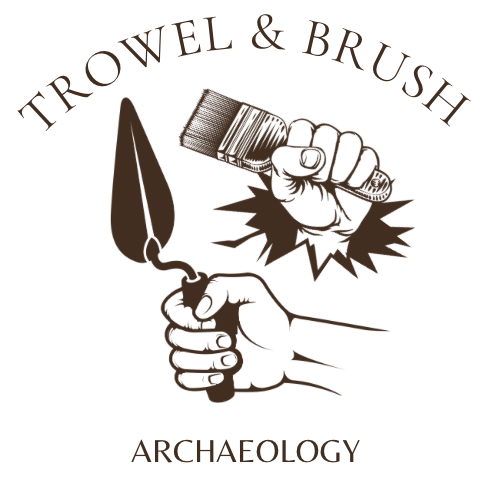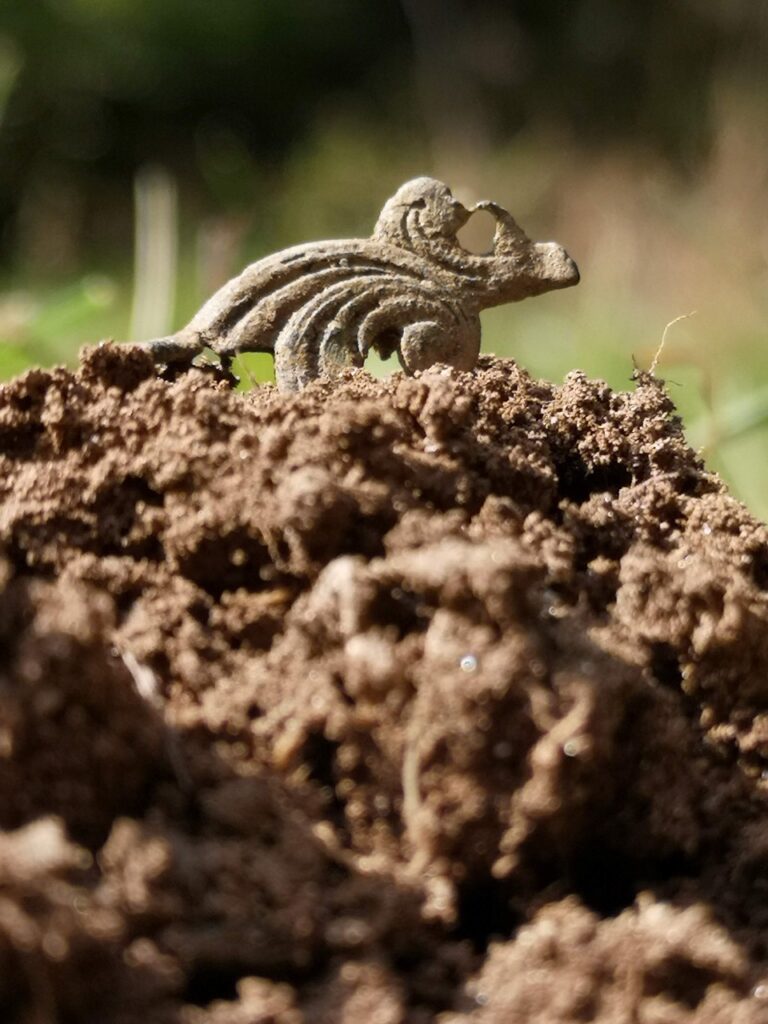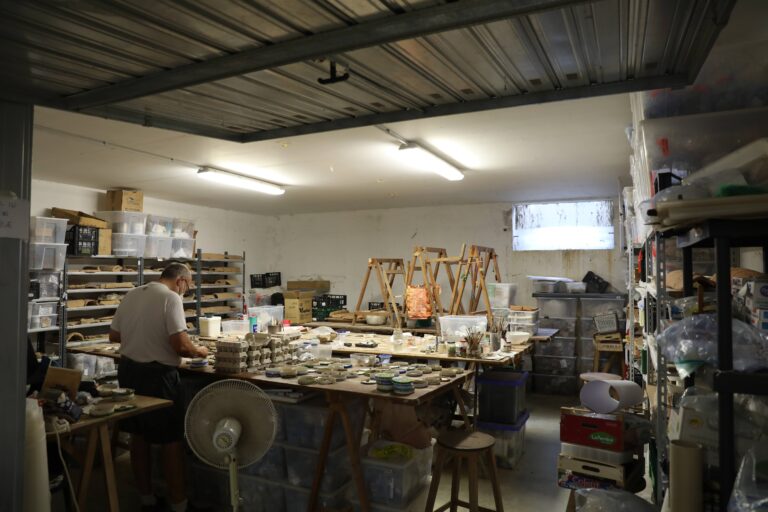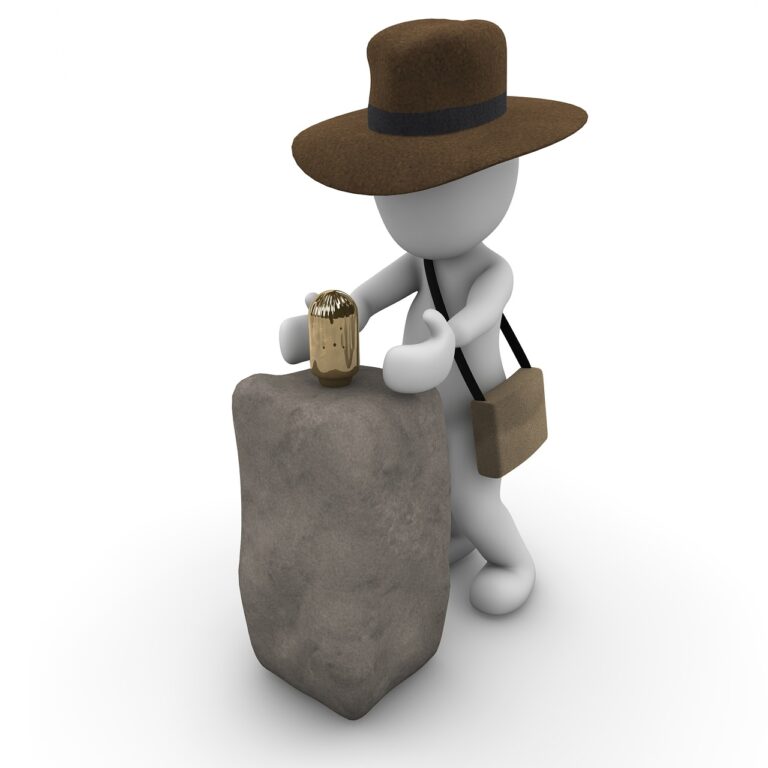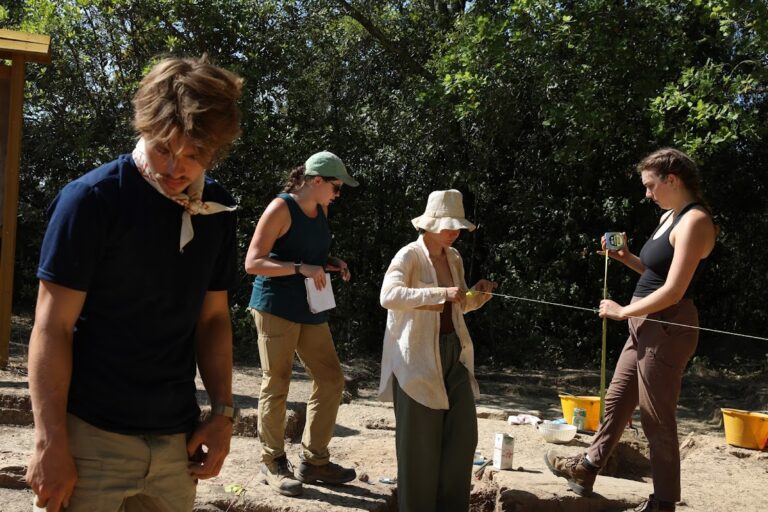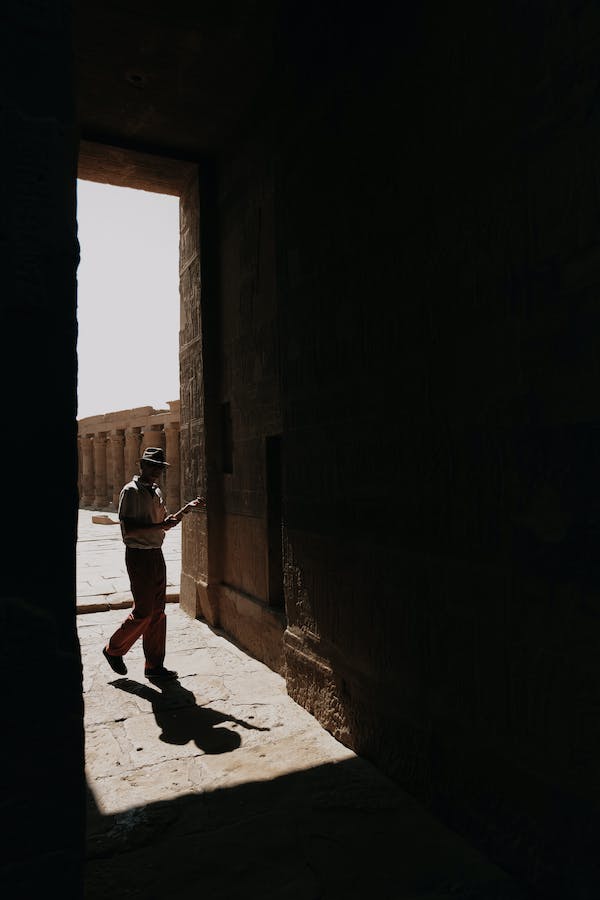What is Stratigraphy in Archaeology?
Archaeology, often regarded as the detective work of the past, relies on various methodologies to uncover the mysteries of ancient civilizations.
One such powerful tool is stratigraphy—a method that allows archaeologists to decipher the layers of time buried beneath our feet.
In this article, we will delve into the fascinating world of stratigraphy, understanding its significance, principles, and the invaluable insights it offers to unlock the secrets of human history.
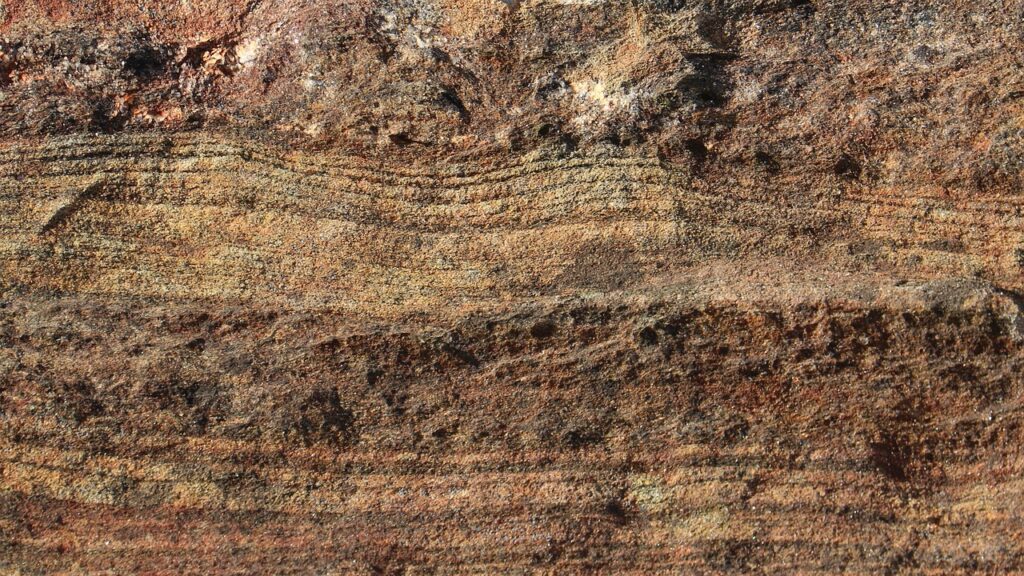
Understanding Stratigraphy
Stratigraphy, derived from the Greek words “stratos” (meaning layer) and “graphia” (meaning description), is the study of rock layers and their arrangement.
In archaeology, it refers to the vertical layering of soil deposits that accumulate over time at an archaeological site.
These deposits, called strata, contain valuable artifacts, ecofacts, and features that help us piece together the chronology and context of past human activity.
“Present is the key to the past”
-Unknown
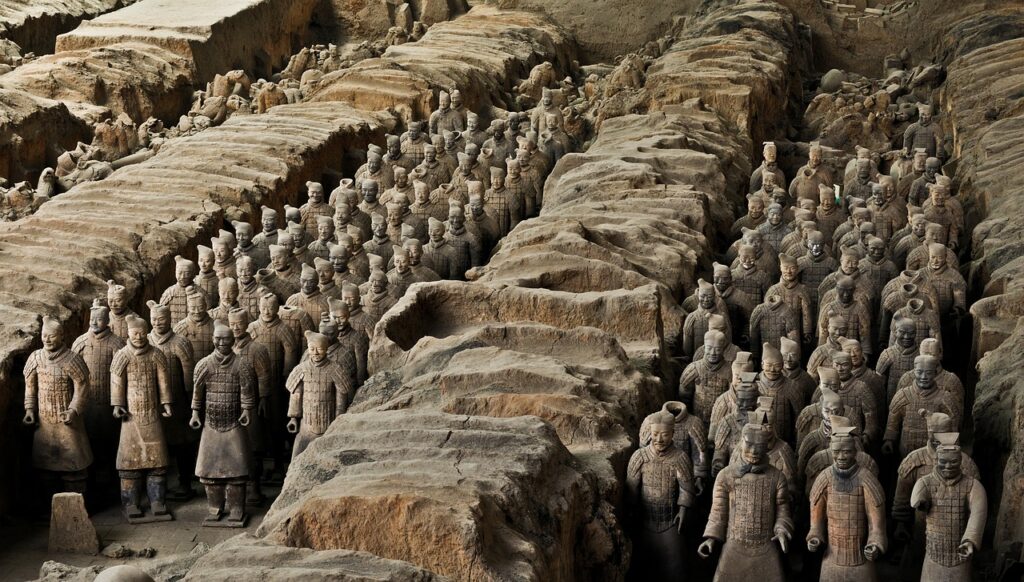
Principles of Stratigraphy
Stratigraphy operates under several key principles that aid archaeologists in interpreting the layers:
- Law of Superposition: The Law of Superposition states that in an undisturbed sequence of layers, the youngest layer is found on top, while the oldest layer lies at the bottom. By analyzing this vertical order, archaeologists can establish a relative chronology, determining the sequence in which events occurred.
- Principle of Original Horizontality: This principle asserts that sedimentary layers are originally deposited horizontally. Any deviations from the horizontal plane can indicate geological disturbances or human activities, such as construction or digging.
- Principle of Lateral Continuity: The Principle of Lateral Continuity suggests that strata extend laterally until they thin out, pinch off, or encounter an obstacle. Archaeologists employ this principle to correlate layers across an excavation site, reconstructing the spatial relationship between different areas.
Excavation and Recording Techniques
To effectively study stratigraphy, meticulous excavation and recording techniques are crucial. Archaeologists employ a variety of methods, including:
- Trenching: Archaeological sites are often excavated in trenches, allowing archaeologists to observe the vertical profile of the layers. By carefully removing the soil layer by layer, they can examine each stratum and record its contents and characteristics.
- Stratigraphic Units: Archaeologists divide the excavated strata into stratigraphic units, which are individual layers or groups of layers that share similar attributes, such as color, texture, or composition. Each unit is assigned a unique identifier for future reference.
- Harris Matrix: The Harris Matrix is a visual representation of the relationships between stratigraphic units. It uses a diagrammatic approach to illustrate the sequence of deposition and the formation of stratigraphic layers. This tool aids in reconstructing the complex history of an archaeological site.
Interpreting Stratigraphic Contexts
- Relative Dating: Stratigraphy enables archaeologists to establish relative dating, which determines the age of one object or event in relation to others. By identifying the relative position of artifacts within specific layers, archaeologists can construct a relative chronology and understand the temporal order of events.
- Formation Processes: Stratigraphic layers provide clues about the natural and cultural processes that shaped an archaeological site. These layers can reveal evidence of human activities, such as building foundations, refuse pits, or ancient landscapes modified for agriculture or construction.
- Cultural Significance: Stratigraphy allows archaeologists to link artifacts with specific cultural periods, shedding light on changes in technology, social organization, and belief systems over time. This contextual understanding helps construct a more comprehensive narrative of human history.
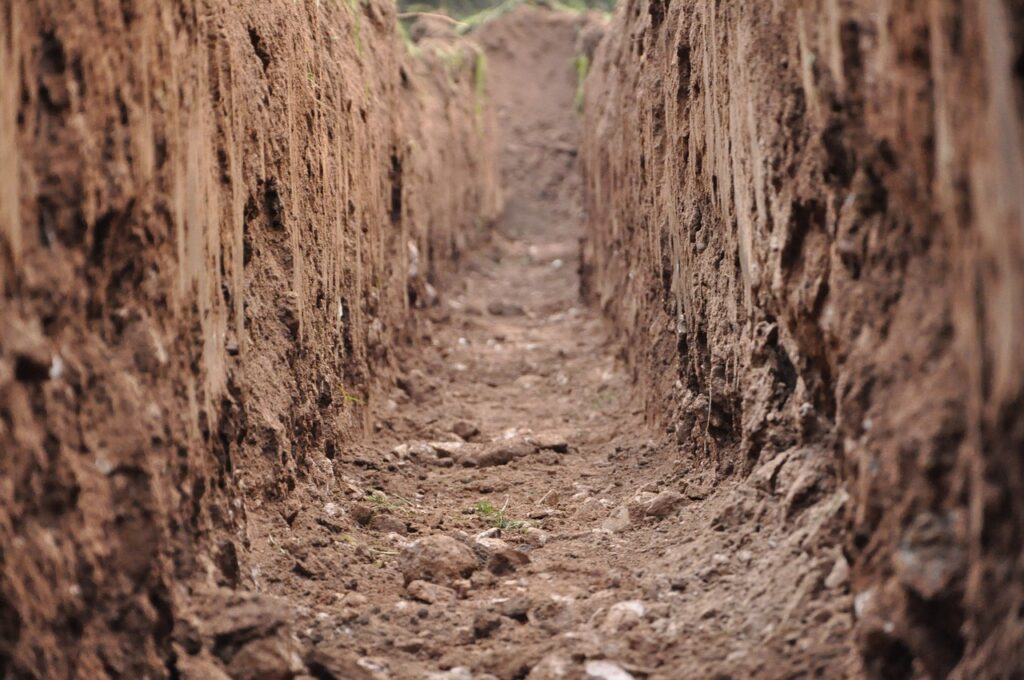
Conclusion
Stratigraphy stands as a cornerstone of archaeological investigations, providing a systematic approach to unraveling the layers of time.
By studying the vertical arrangement of soil deposits, archaeologists gain critical insights into the chronology, spatial relationships, and cultural contexts of past civilizations.
As technology advances and new excavation techniques emerge, stratigraphy continues to serve as a fundamental tool in our ongoing quest to understand and appreciate the rich tapestry of history.
If you would like to know more archaeological dating techniques like stratigraphy, check out our other article on the topic here: https://trowelandbrush.com/dating-techniques-in-archaeology/
